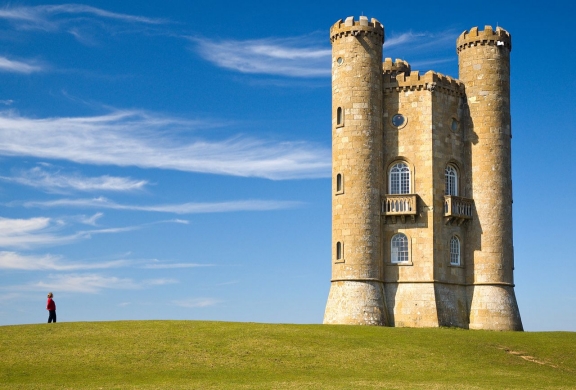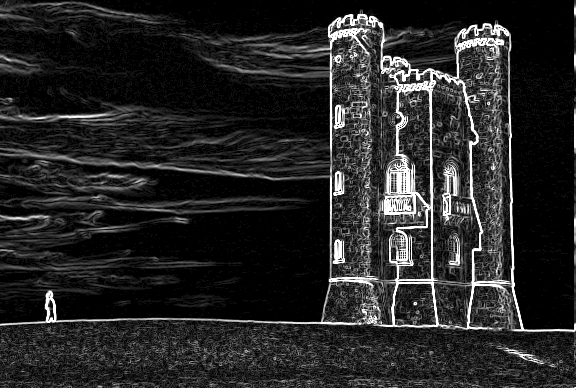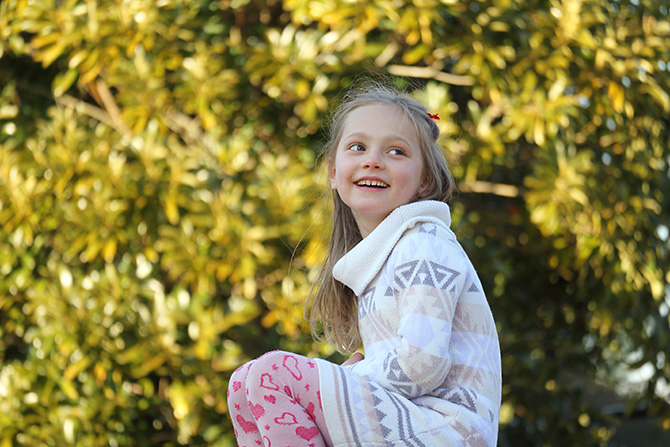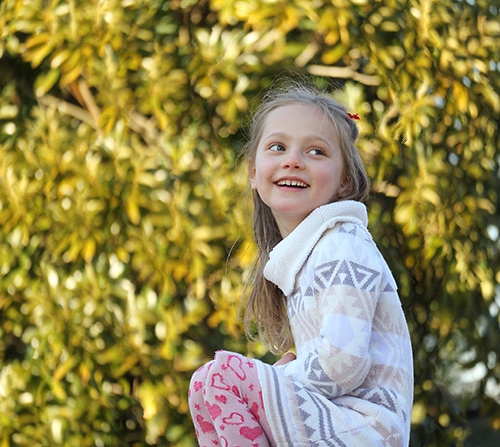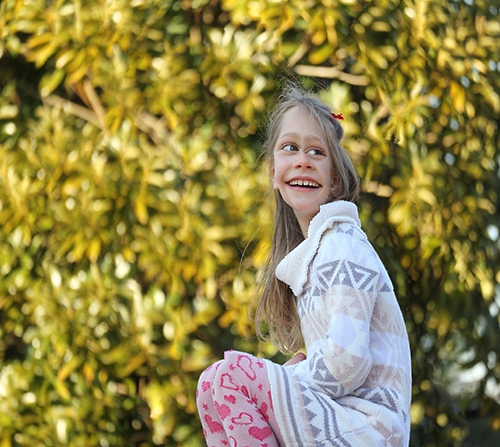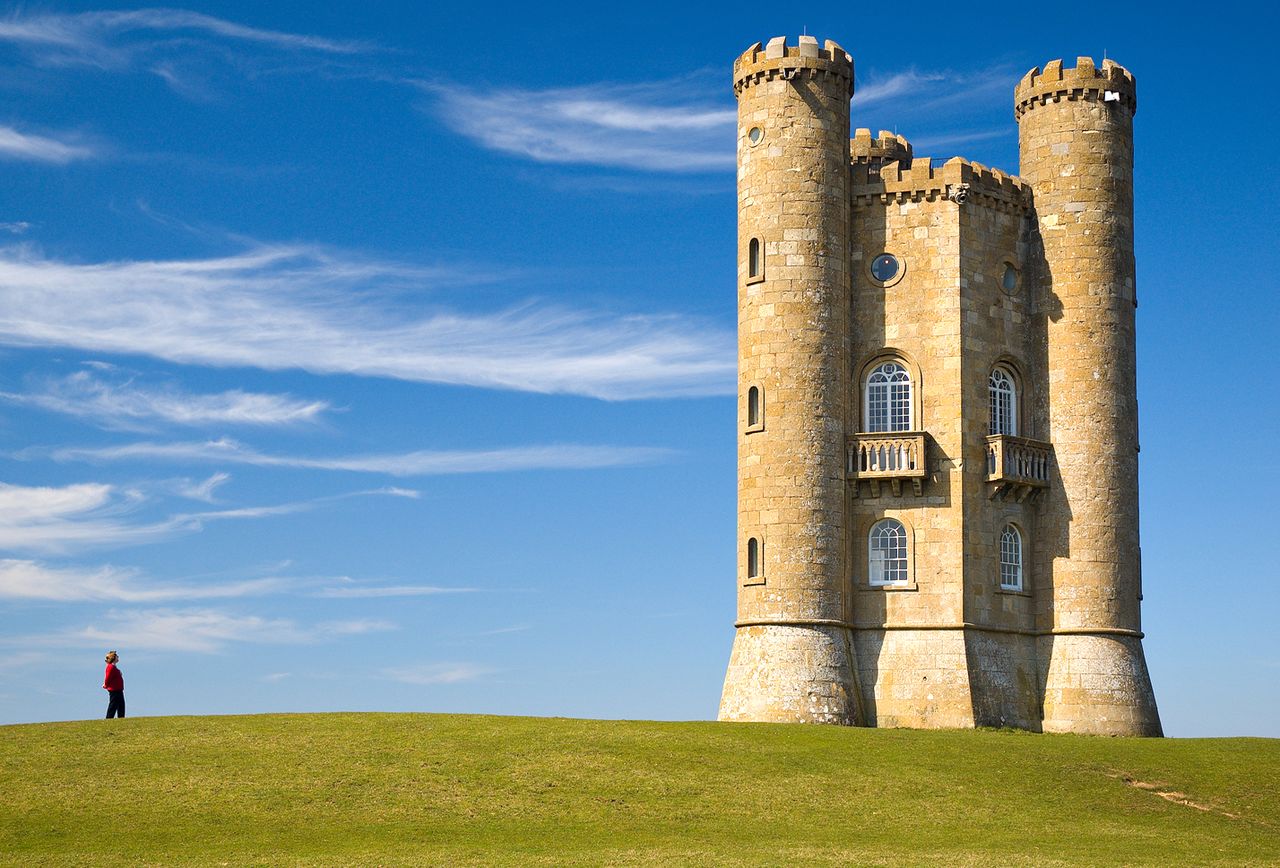 Documentation
¶
Documentation
¶
Overview ¶
Package caire is a content aware image resize library, which can rescale the source image seamlessly both vertically and horizontally by eliminating the less important parts of the image.
The package provides a command line interface, supporting various flags for different types of rescaling operations. To check the supported commands type:
$ caire --help
In case you wish to integrate the API in a self constructed environment here is a simple example:
package main
import (
"fmt"
"github.com/esimov/caire"
)
func main() {
p := &caire.Processor{
// Initialize struct variables
}
if err := p.Process(in, out); err != nil {
fmt.Printf("Error rescaling image: %s", err.Error())
}
}
Index ¶
- Variables
- func Grayscale(src *image.NRGBA) *image.NRGBA
- func RemoveTempImage(tmpImage string)
- func Resize(s SeamCarver, img *image.NRGBA) (image.Image, error)
- func SobelFilter(img *image.NRGBA, threshold float64) *image.NRGBA
- func StackBlur(img *image.NRGBA, radius uint32) *image.NRGBA
- type ActiveSeam
- type Carver
- func (c *Carver) AddSeam(img *image.NRGBA, seams []Seam, debug bool) *image.NRGBA
- func (c *Carver) ComputeSeams(img *image.NRGBA, p *Processor) []float64
- func (c *Carver) FindLowestEnergySeams() []Seam
- func (c *Carver) RemoveSeam(img *image.NRGBA, seams []Seam, debug bool) *image.NRGBA
- func (c *Carver) RotateImage270(src *image.NRGBA) *image.NRGBA
- func (c *Carver) RotateImage90(src *image.NRGBA) *image.NRGBA
- type Processor
- type Seam
- type SeamCarver
- type UsedSeams
Constants ¶
This section is empty.
Variables ¶
var TempImage = fmt.Sprintf("%d.jpg", time.Now().Unix())
TempImage temporary image file.
Functions ¶
func RemoveTempImage ¶ added in v1.1.0
func RemoveTempImage(tmpImage string)
RemoveTempImage removes the temporary image generated during face detection process.
func Resize ¶
Resize implements the Resize method of the Carver interface. It returns the concrete resize operation method.
func SobelFilter ¶
SobelFilter detects image edges. See https://en.wikipedia.org/wiki/Sobel_operator
Types ¶
type ActiveSeam ¶
ActiveSeam contains the current seam position and color.
type Carver ¶
Carver is the main entry struct having as parameters the newly generated image width, height and seam points.
func (*Carver) ComputeSeams ¶
ComputeSeams compute the minimum energy level based on the following logic:
traverse the image from the second row to the last row and compute the cumulative minimum energy M for all possible connected seams for each entry (i, j).
the minimum energy level is calculated by summing up the current pixel value with the minimum pixel value of the neighboring pixels from the previous row.
func (*Carver) FindLowestEnergySeams ¶
FindLowestEnergySeams find the lowest vertical energy seam.
func (*Carver) RemoveSeam ¶
RemoveSeam remove the least important columns based on the stored energy (seams) level.
func (*Carver) RotateImage270 ¶
RotateImage270 rotate the image by 270 degree counter clockwise.
type Processor ¶
type Processor struct {
SobelThreshold int
BlurRadius int
NewWidth int
NewHeight int
Percentage bool
Square bool
Debug bool
Scale bool
FaceDetect bool
FaceAngle float64
Classifier string
}
Processor options
func (*Processor) Process ¶
Process is the main function having as parameters an input reader and an output writer. We are using the io package, because this way we can provide different types of input and output source, as long as they implement the io.Reader and io.Writer interface.
type SeamCarver ¶
SeamCarver interface defines the Resize method. This has to be implemented by every struct which declares a Resize method.
type UsedSeams ¶
type UsedSeams struct {
ActiveSeam []ActiveSeam
}
UsedSeams contains the already generated seams.





